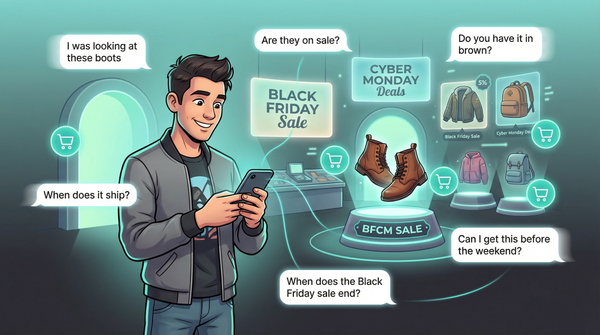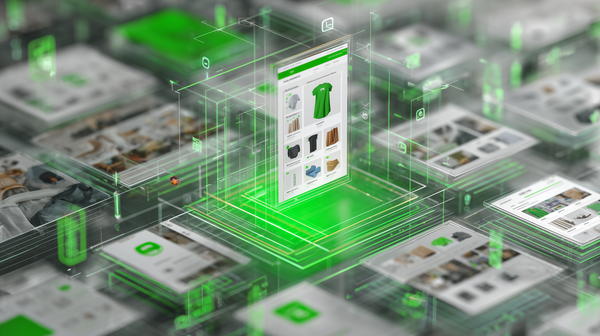Subscription Commerce Reboot: Keeping Subscribers Engaged in 2025
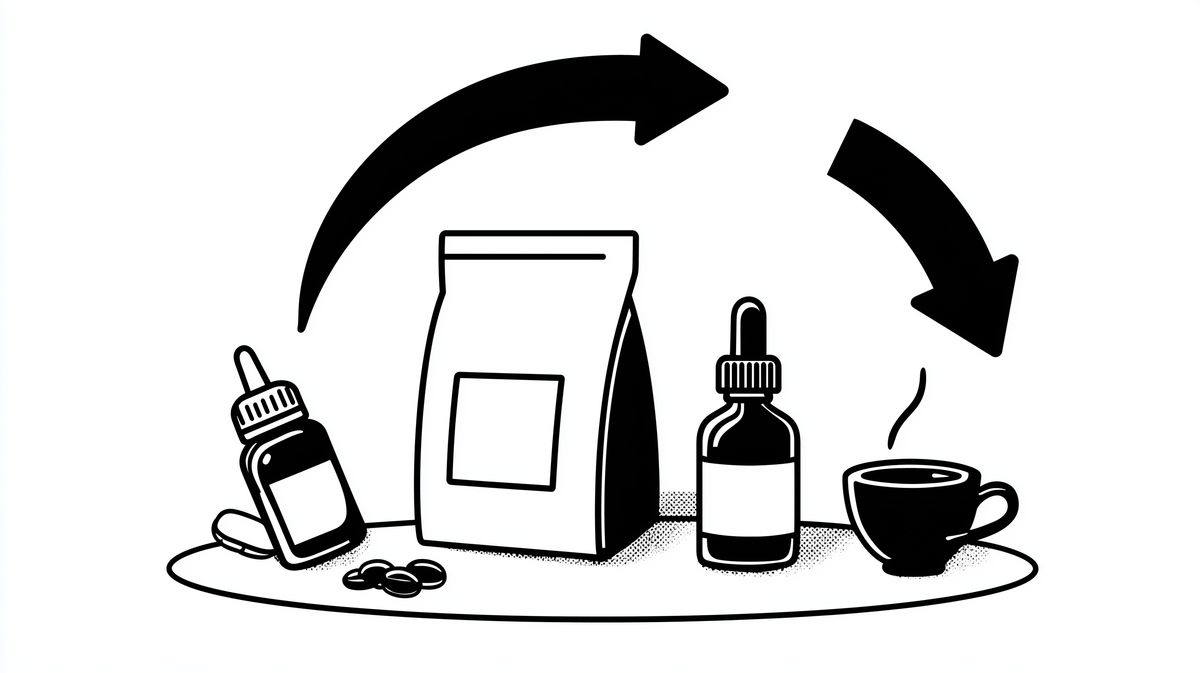
In 2025, subscription commerce is facing its reckoning.
What used to be a growth engine for DTC brands—set-it-and-forget-it replenishment—is now under pressure from inflation-weary consumers, tightening FTC rules, and rising churn. But the brands thriving this year aren’t abandoning subscriptions. They’re rewriting the rules.
According to Recharge, beauty and personal care subscriptions saw an 82% jump in MRR in 2023—the highest of any category. Why? These products are tied to daily routines. And that’s the new bar for staying subscribed: be essential, flexible, and hard to replace (Recharge).
“In the year of the routine, the brands that get it are the brands that understand how powerful a routine is... and how to stay a part of a buyer’s routine.”
— Jen Gray, Recharge
Why Consumers Are Canceling—and What They’ll Keep
Subscription fatigue is real—but not universal. Benchmarks from Loop show that while ~45% of subscribers make it to their third order, only 2.9% stick around for their sixth (Loop).
The trend isn’t just cancellation—it’s pausing. According to Recurly, the use of “pause” features jumped 66% year-over-year in 2024 (Recurly). That’s a clear sign consumers still like the concept of subscriptions—they just want more control.
Meal kit giant HelloFresh saw order volumes dip 2–3% last year as customers skipped deliveries to cut costs (The Food Institute). Their counterpunch? Doubled-down retention tactics and frictionless skip flows.
Retention Moves That Actually Work
1. Make Skipping Easy—and Obvious
Overload is the number one churn trigger. Smart brands let customers skip or delay with one click—before churn ever enters the chat.
“Give them the option to skip 1, 2, or 3 billing cycles instead of losing them entirely.”
— Triple Whale
Olipop found that subscribers who proactively skipped or swapped an order had significantly higher lifetime value.
“We learned that folks who skipped or swapped [an upcoming order] tended to have dramatically higher LTV.”
— Eli Weiss, Retention: Subscription Edition
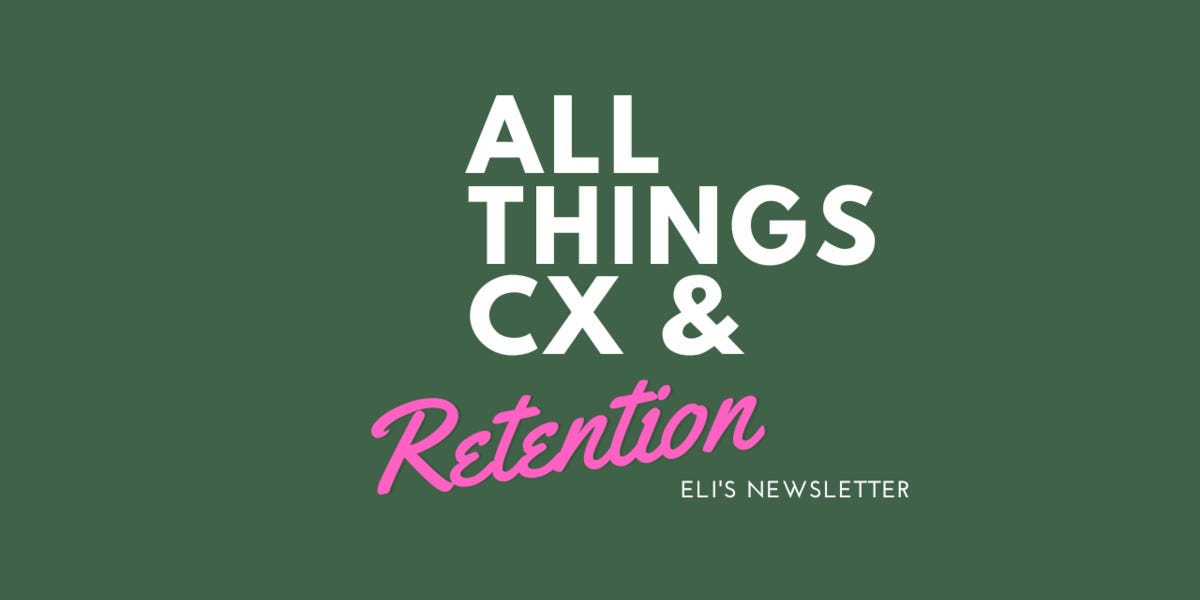
2. Use Cancel Flows as Save Flows
SmoothieBox learned that over 80% of canceling subscribers still intended to buy again—just not right now. So instead of letting them churn, they started offering skip/delay reminders in the cancel flow.
They also added a “blazing deal” email 3 days before renewals—like “Add an extra item to your next box at 50% off.” The goal? Catch hesitation before it turns into a lost customer (DTC Newsletter).
“Our canceled subscribers aren’t ‘gone’—we treat them as ‘not nows’ and keep talking to them like they’re still part of the family.”
— Vinny McCauley, SmoothieBox

3. Turn Subscribers Into Members
The top brands don’t just call it a subscription—they call it a membership.
MeUndies lets subscribers skip any month but still offers exclusive perks: early access to drops, VIP discounts, and members-only designs. Now, members represent half of their business and spend 2x more than non-members (Digiday).
Other brands add loyalty points, free gifts, or private community access after X months. It’s not just about the product anymore—it’s about the relationship.
Tech That’s Changing the Game
Recharge, Smartrr, and Loop have evolved beyond billing platforms. These Shopify-native tools are now full-blown retention engines.
- Recharge Concierge SMS lets subscribers swap, delay, or skip via text—with a conversational, AI-powered flow (Recharge, Instagram).
- Smartrr’s “Retention Actions” intercept cancellations with tailored options and recover ~10% of would-be churners (Smartrr).
- Loop uses churn prediction to trigger “pause instead of cancel” flows in advance (Loop).
Some brands are layering in LiveRecover to bring human SMS reps into the loop—closing failed charges or abandoned reactivations with a personal touch.
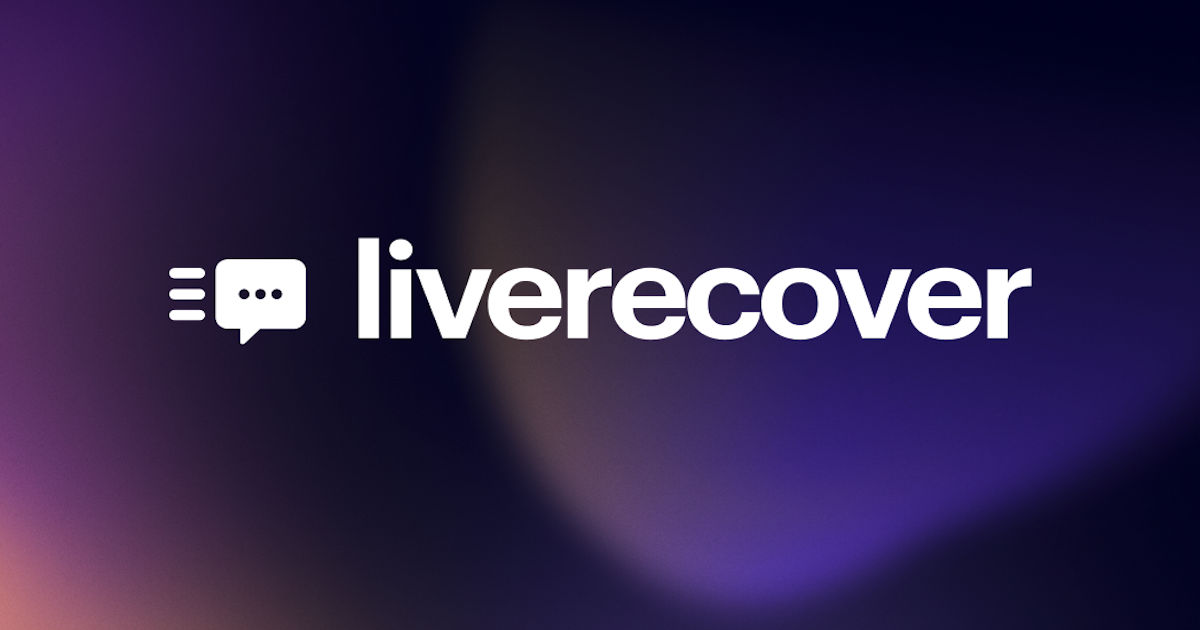
Regulation Is Raising the Bar
The FTC’s new “Click-to-Cancel” rule, finalized in late 2024, is a wake-up call: if signup is one click, cancel has to be too (FTC).
No more 5-step cancel flows or “call to cancel” dark patterns. Brands must now make offboarding clean and self-serve—or face legal risk.
Some brands are seeing an upside: trust-building cancellation UX actually improves reactivation rates. Cancel cleanly, follow up warmly, and win back on better terms later.
Payments Are Your Silent Churn Risk
According to PayPal and HelloFresh, payment failures can account for up to 30% of churn. The fix? Network tokens, automatic card updates, and smart retry logic.
HelloFresh partnered with Braintree to enable automatic payment refresh via network tokenization—and saw a 3% lift in approval rates (PayPal).
Shopify merchants now have access to these tools via processors like Stripe and Recharge. If you’re not updating payment info behind the scenes, you’re leaking revenue.
The Playbook for 2025: Routine, Not Rigid
The subscription model isn’t dead—it’s evolving.
Customers still want convenience. But now they want control, flexibility, and a reason to stay. Whether you sell drinks, skincare, supplements, or socks, the rules are the same:
- Be part of a habit.
- Let subscribers pause, skip, or swap easily.
- Add value between orders.
- Treat subscribers like members, not transactions.
In 2025, LTV isn’t earned at checkout—it’s earned at every renewal.
Subscribe for weekly DTC insights.




